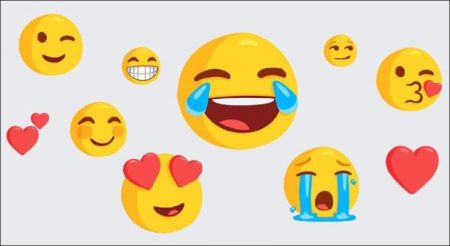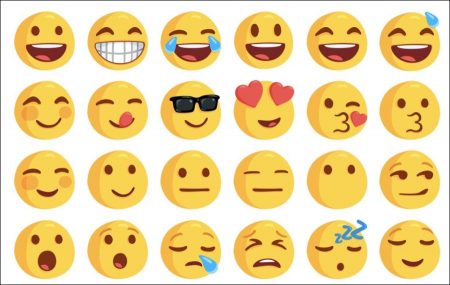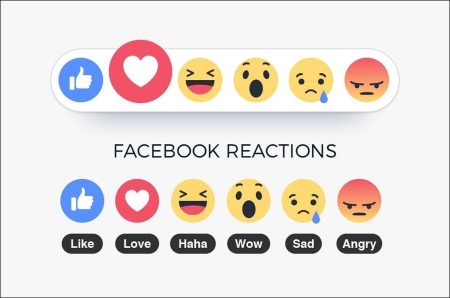Emojis are the sine qua non of digital communication. Without these tiny and colorful icons, we have difficulty expressing ourselves, and we often prefer to communicate only with emojis without the need for words. Face from the hearts, sullen or tense face, dozens of animals, plants, food and activity icon…
According to the figures of last year, only 6 billion emoji per day on Facebook’s messaging application is used. According to Adobe’s inclination to use emoji this year, people think that emojis raise the mode of dialogue against the coldness of written language. And he thinks that emoji users are more friendly.
There are also those who turn their backs on the emojis with the idea that they have blunted our verbal communication skills. Those who liken digital icons to Egyptian hieroglyphs argue that emojis mean a return to a primitive language and are concerned about this rapidly growing visual language.
Emojis were accessible through different applications in the mid-2000s, but popularized in 2011 when Apple included the emoji keyboard in the software system. Two years later, Android followed the same path. It can then be described as the inevitable rise of emojis. Since 2014, July 17 is celebrated as World Emoji Day every year. In 2015, the Oxford Dictionary chose the emojis crying for laughter as the “word ın of the year. This emoji has been among the most widely used emojis worldwide since last year. The second is the emoji that sends kisses and the third is the red heart emojis.
As of March this year, a total of 3019 emoji are in use. This year, the list will include new emojis, including those with disabilities and homosexuals. And apparently, the emoji craze as a cultural phenomenon will continue.
Brief history of emojis
Before emojis, there were otic emoticons ’in our lives in the 90s. Emoticons were a way of expressing our emotions through symbols such as 🙂 or 🙁 In the late 90s, Japanese artist Shigetaka Kurita developed some information-transferring icons for the nation’s largest telecommunications company, DoCoMo. York is a permanent collection of the Museum of Modern Art (MoMA).
Emojis, as a popular form of communication in the radar of brands soon entered. In 2015, Domino’s Pizza launched an order picking service from people sharing via Twitter using pizza emojis. In the same year, L’Oreal became the first company to request job applications with CVs written in emojis on Twitter. In 2017, the World Foundation for the Protection of Nature created 17 emoji of endangered animal species. These emoji tweets were the way to donate. Finally, Apple removed executives’ photos from the website on World Emoji Day and replaced them with emoji characters.
Visits: 132





